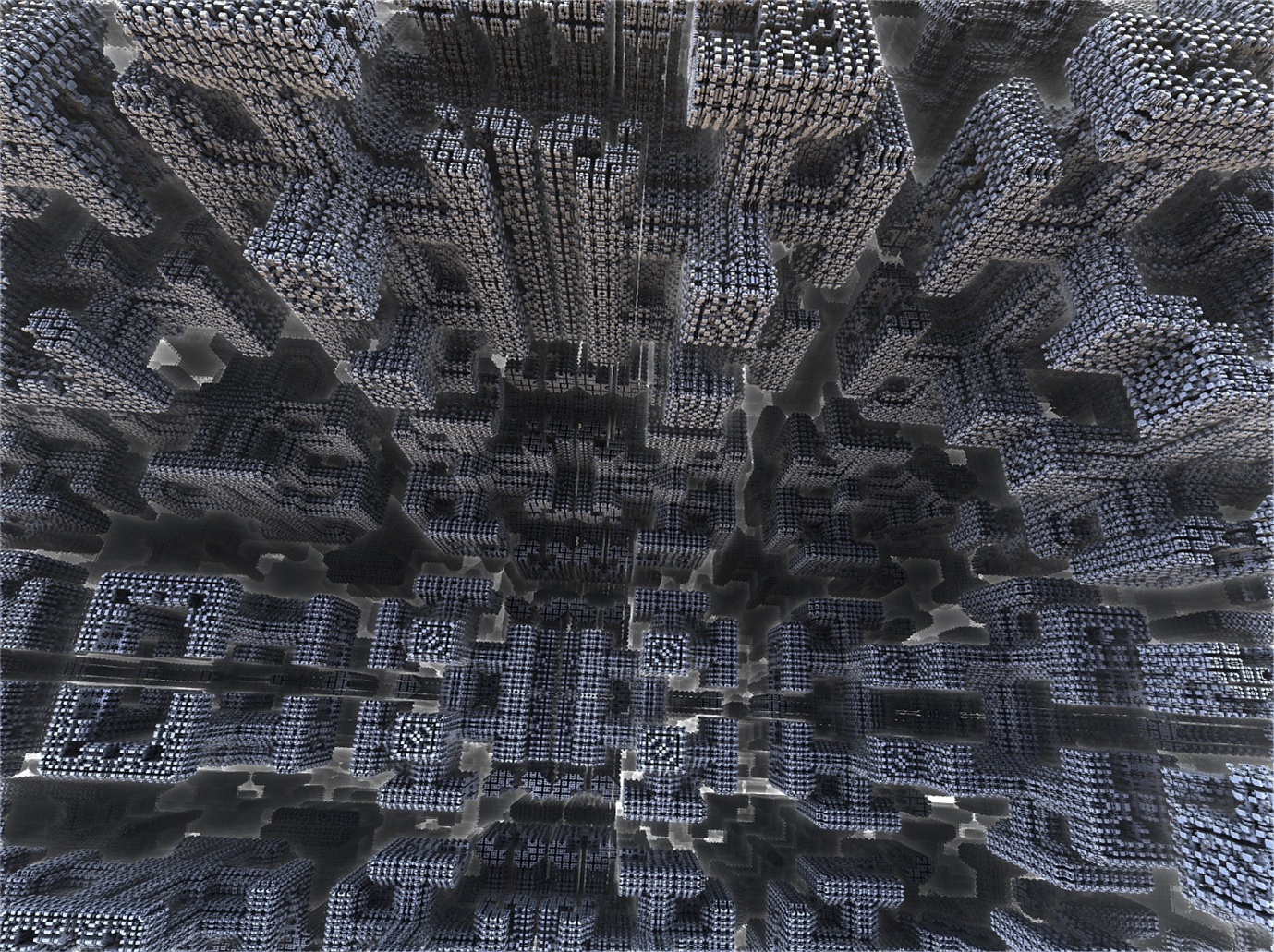How Technology Will Impact Each Part of Construction’s Value Chain
The value chain for construction is long and winding. Up until recently, the industry has resisted digital transformation and stuck with traditional ways of doing things. Paper-based processes, physical Operation and Maintenance (O&M) manuals are relied upon for managing facilities and in some cases building designs and blue prints are created on a physical drawing board. All of this is set to change, and change fast.
Digitisation is transforming construction (Image by Pete Linforth from Pixabay )
Technology is already transforming each link in the construction value chain. The global pandemic has increased its pace. The Engineering and Construction (E&C) and will be transformed completely over the next five to 20 years. Integration of the value chain, streamlining processes and productisation is expected to generate an annual profit pool of $265 billion for disruptors. R&D spend from the top 2,500 construction companies has already risen by 77% in the past 7 years. It’s expected to keep growing.
Reimagined operating models
Building projects are often broken across the value chain between specialists working in narrow disciplines. Most have little interest in integrating with compatible contractors and subcontractors. This has historically made it difficult to implement management tools and digital solutions that follow the life of a project from inception to completion.
Digital tools such as next generation 5D Building Information Modelling (BIM) will change the way companies approach the design, construction and operation of projects. Collaborative contracting and performance based business models that improve efficiencies and enable the design phase to be integrated seamlessly with the rest of a project will be one of the biggest transformations for the sector.
Adding scheduling, procurement and the management of the finished building or structure to a complete three dimensional model creates complete visibility of a project, streamlines the handover stages on completion of the build and vastly increases the value companies can deliver to customers.
Repeatable designs and increased specialisation
In response to the rise of new business models, some companies will move to specialise in target niches to differentiate themselves from other brands and improve their margins. Segments like multi-family buildings, luxury housing and health infrastructure, will begin to appear as businesses pivot and develop their knowledge and capabilities in various materials and methods of construction.
In some cases, M&As will enable further specialisation and investment in innovation so that larger scale projects can be managed by the one brand.
This specialisation lends itself to the development of standardised but customisable designs that can move the E&C sector toward a product approach. Modularized elements and standardised components can be made in off-site factories and assembled once delivered to site. Companies will be able to hold these designs in digital libraries that customers can browse to select and create their project.
Analytical tools to increase efficiencies across the value chain
Digital tools that track the life of a project from inception to completion and even into operation can balance cost against performance. This will impact each stage of a projects life – from as needed deliveries and full supply chain management to lowering the overall footprint of construction.
The information that becomes available from integrated project tools can be used for more informed and better decision making. Demand forecasting, inventory management and modular construction, to name just a few creates an opportunity for materials distributors and logistics players to generate increased value for customers.
Enhanced sustainability and useability
Digitisation doesn’t stop adding value and improving efficiencies when the project is handed over to the customer. Arguably, this is where technology can add the most value. When a project has incorporated BIM from the beginning all aspects of the built space are gathered together in a single, easy to access place. Final handover documentation such as O&M manuals, certificates and manufactures warranties, along with a complete understanding of how the spaces can and should be managed is far easier and faster. Smarter facilities management is the outcome that enhances the use of the newly built space.
BIM switches from providing oversight and management of the design and construction phases to management of the completed space. Internet of Things (IoT) enables assets, sensors and ‘smart technologies’ can improve the management and efficiency of the ‘live’ space. In addition to better energy use, proactive maintenance of assets, and around the clock monitoring of key plant, flexibility for the use of structures is possible.
IoT sensors and communication technology enable building occupants and businesses to monitor utilization and gain complete precise transparency on all of a building’s components.
Improved quality and more affordable housing and infrastructure is the product of digital transformation. Just as we have seen across the aerospace industry, automotive sector and more, improving efficiencies and driving up transparency across the value chain results in better products at lower cost. Now is the time to improve operations through digital transformation. Businesses who move quickly and decisively will put themselves in a position of capturing a large part of the $265 billion annual profit pool that is up for grabs while the construction industry moves speedily into the future.

